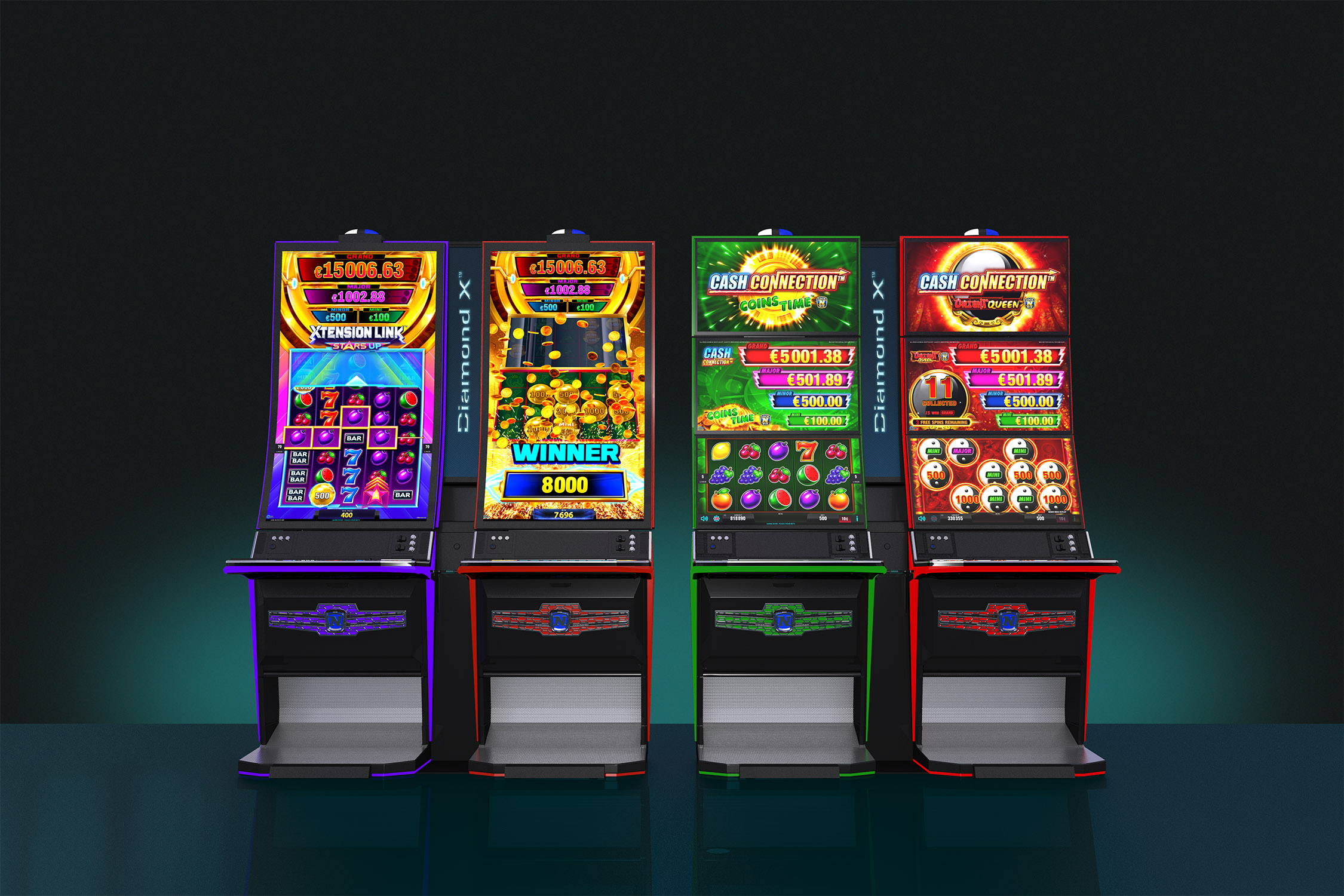According to a survey carried out by the Mobile Marketing Association (MMA survey), 97% of Austrians own a smartphone. This is no surprise, if you consider all the things a smartphone can do. For a long time now, it has been transformed from a telephone into an essential companion with an array of features, which make our daily lives so much easier. This all-in-one device is currently in the process of revolutionising e-commerce. In this article, we are going to examine why it might be a good idea to expedite efforts to ensure e-commerce can be carried out using mobile devices. In addition, we are also going to take a look at some of the specific challenges surrounding mobile commerce.
Voice, social and smart commerce are up-and-coming e-commerce trends of the future, which we have been devoting our attention to over the past few months here at Cards & Systems – and not just in our previous blog posts. ‘Mobile commerce’ is another type of e-commerce that has been taking significant strides forward for quite some time. The term essentially describes the way smartphones and other mobile devices, such as tablets, are used to conduct commercial transactions online. All clear so far? Good. Now we need to dig deeper and understand exactly what is meant when we talk about mobile commerce. And perhaps more importantly, we need to understand how we can become a successful part of the mobile commerce revolution.
Let’s start by defining exactly what mobile commerce (or m-commerce) is exactly. It essentially describes the next step in the development of electronic commerce and encompasses all commercial transactions which can be carried out on mobile end devices using electronic communication technologies. Data is usually transferred via Bluetooth, Wi-Fi or mobile telephony services. The crucial point is that these types of transactions begin when a service is initiated, which the retailer should be aware of. This doesn’t just apply to products sold in online stores but also to real-time situations. For example, users are often keen to reach for their smartphones during this phase when they are out shopping as well as use them for research so they can make comparisons with similar products sold by other retailers. This undoubtedly influences purchasing decisions in quite a significant way. One thing becomes very clear when we scrutinise the results of the MMA survey, which reveals that 63% of the smartphone users surveyed not only use their devices to carry out research, but during the previous six months also used them to carry out online purchases or bookings: mobile shopping is booming! A 2019 survey carried out by the trade association confirms that m-commerce revenues have quadrupled in size since 2013.
This is impressive indeed, but there is more to learn about mobile commerce. Specially developed apps on mobile websites or social media platforms make it very easy for shoppers to visit online retailers, peruse their products and place orders. Mobile payment methods, such as TWINT, Easypay, Handyrechnung and Prepaid, also make mobile shopping very easy and convenient. It is likely that it will soon be possible to pay for goods using a mobile phone at every corner shop. This is certainly the case in many of them already. And this development will continue to be fuelled by the debates resulting from the COVID-19 crisis and the subsequent recommendations to carry out contactless payments whenever possible.
It is important to consider that on-the-go payments, such as banking, ticketing or P2P payments, which are now suddenly available thanks to mobile technology, would not be possible without trust and clever marketing. Is it likely that any customer would be happy paying one cent if they didn’t feel confident? Probably not. This is why, in addition to clear external communication, a watertight payment system is absolutely essential when using mobile devices. Once this challenge is met, it is possible to reap one of the biggest benefits of mobile commerce: convenient shopping with quick and easy payments. And if possible, all with one click.
As promising as mobile commerce sounds, its successful implementation is not always dependent on the retailers themselves. Reports such as the 2019 MMA Mobile Communications Report affirm that many mobile users find that their phone screens are too small or that the phone resolution is not good enough to view the products. One solution could be to avoid long download times and to implement mobile-friendly website design, which can ideally be used with the minimum number of steps. Retailers could also combat customer dissatisfaction by avoiding the use of pop-up ads or by using an app which does not require customers to register their credit cards or to access specific areas of their mobile phones.
Mobile commerce is not just all the rage in Austria. The ‘Developments in Mobile Commerce 2020: Facts and Figures’ report provides us with some interesting international insights. According to the report, consumers in Asia (Alipay, WeChatPay, etc.) are a lot further ahead, with countries such as China, Japan, South Korea, and also the UK and the USA, leading the charge. Furthermore, a survey by BrizFeel revealed that 49% of the 30,000 consumers they surveyed have used their mobile phones to do online shopping. Users of tablets, on the other hand, do not use these devices as often for online shopping, although it seems that the higher screen resolution encourages them to order goods of a higher value when they do make a purchase. According to research carried out in the USA, 8 out of 10 people already shop online and 5 out of 10 use a mobile device to do so. The whole situation is only topped by Cyber Mondays, which are particularly popular among smartphone users, who are actually considered to be the most enthusiastic shoppers among mobile device owners.
But what does this mean for the future of e-commerce? Driven by the expansion of the 5G network and improved screen resolution, we are expecting that hand-held devices will soon be bringing the ultimate shopping experience to us here in Austria. A study by the trade association Future Commerce – Trade 2025 predicts that the smartphone will continue to play an even more important role in securing customer loyalty in the future. It is likely that electronic mobile wallets will be used increasingly for collecting customer discounts, which will give the good old customer loyalty card greater prominence again.






